|
In this blog, we would look at how a team wanting to Build a New SAP Application Server and SAP DB Server based on an existing SAP Application Server and SAP DB Server can leverage HWA to achieve the same. We would be using SAP LAMA APIs exposed from SAP Side to achieve the same. A Ticket is raised on Service Now to clone a New SAP Server also mentioning the Type of SAP Application Server requested along with the DB Server Type needed, reference SAP System Fully Qualified Hostname: Img1 So, as seen in the request Ticket, the Description Field mentions the request to be a SAP Clone Type Request with template/reference SAP System Fully Qualified Hostname and type of DB Server and type of Application Server supplied on the Request. The Request Ticket also has a field called “Automation” and this field is set to “YES”, the Assignment group to which the Request is raised is “SAP_Build”. Solution Design: A Jobstream in HWA is designed to provision all such requests which would leverage the SAP LAMA APIs, SNOW REST APIs, AWS EC2 Job Type, Variable Passing Features, Conditional Dependencies etc. to accomplish the same.
SAP SYSTEMID Part of the Flow: Img2 SERVICENOW_GET_SAP_DESCRIPTION Job: This is a RESTFUL Get job extracts the topmost SNOW Ticket for the assignment group SAP_Build ordered by DESC Order and picks the System ID and Description from the SNOW ticket. Img3 GET_SAP_SYSTEMID Job: This job is a Unix job to extract the System ID from the SNOW Ticket. Img4 STORE_SAP_SYSID Job: This job would store the SYSTEMID in a HWA variable through the jobprop utility of HWA as follows: Img5 UPDATE_SAPSYS_VT3 Job: This job would update the Variable Table SAP_BUILD based on the SYSTEMID variable generated as output from the previous job: Img6 GET_SAP_SYSTEMS_DATA Job: This is a RESTFUL GET job which leverages the SAP LAMA APIs as SYSTEMID as input to get the System Info in an output file named /tmp/systems.out: Img7 STORE_SAP_SYS_DATA Job: This is an executable job type which uses jobprop utility of HWA to store SAP SYS Data generated as output in previous step into a HWA Variable: Img8 Get SAP Instance, SAP Instance Relations and SAP Custom Intra Systems Data part of the Flow: Img9 This Flow focuses on capturing the SAP Instance Data, SAP Instance relations and SAP Custom Intra Systems Data. GET_SAP_SYSTEM_INSTANCES Job: This is a RESTFUL GET job using SAP LAMA APIs to get System Instances Info with the SYSTEMID passed as input, the output is stored in the output file /tmp/SystemInstances.out. Img10 GET_SAP_INSTANCES_RELATIONS Job: This job is a RESTFUL GET job which gets the SAP Instance Relations by using SYSTEMID as input to make a GET call to SAP LAMA & stores the output to an output file called /tmp/SystemInstancesRelations.out. Img11 GET_SAP_CUSTOM_INTRA_SYSTEMS_DATA Job: This RESTFUL GET job takes the SYSTEMID as input and gets all CUSTOM Intra System Dependencies of the SAP System in question: Img12 STORE_SAP_SYSID Job, STORE_SAP_SYS_DATA Job, STORE_SAP_INSTANCE_DATA Job, STORE_SAP_TICKETNO Job: These jobs use jobprop utility of HWA to Store SAP System ID, SAP System Instance Data, SAP System Data, Ticket Number etc into HWA variables: Img13 Img14 Img15 EXTRACT_SAP_INSTANCE_DATA, EXTRACT_SAP_TICKETNO, EXTRACT_SAP_SYS_DATA Job: These are Unix jobs which would extract the Instance ID, Ticket Number and SAP SYS Data from previous RESTFUL GET Output files: Img16 Img17 Img18 UPDATE_SAPSYS_VT Job: This job is a Variable Table update job which updates SAP_INSTANCE_DATA, SAP SYS DATA and Ticket No into a Variable Table SAP_BUILD through joblogs of EXTRACT Jobs preceding these jobs: Img19 VM Deployment part of the Flow: Img20 Img21 This part of the Flow comprises of jobs to deploy VMs for the SAP Application Server and SAP DB Server. UPDATE_SAPSYS_VT Job: This job is a Variable Table update job which updates SAP_INSTANCE_DATA, SAP SYS DATA and Ticket No into a Variable Table SAP_BUILD through joblogs of EXTRACT Jobs preceding these jobs: Img22 CREATE_VM_SAP_APPSERVER_1 Job: This job would create a new VM for SAP Application Server as an Amazon EC2 Instance with pre-filled info for Instance Type, AMI Image, Network, Subnet, Security group and EBS Volume etc: Img23 CREATE_VM_SAP_DBSERVER_1 Job: This job would create a new VM for SAP DB Server as an Amazon EC2 Instance with pre-filled info for Instance Type, AMI Image, Network, Subnet, Security group and EBS Volume etc: Img24 EXTRACT_SAP_VM_DATA and EXTRACT_SAP_VM_DBSERVER_DATA Jobs: These Jobs are Unix Jobs which would extract the SAP VM Application Server Data and SAP VM DB Server Data that is in this case private IP of the VMs deployed for SAP App Server and SAP DB Server: Img25 STORE_SAP_VM_APPSERVER_DATA and STORE_SAP_VM_DBSERVER_DATA Jobs: These are STORE jobs which would store the Private IP of the Deployed VM for App Server and DB Server into HWA Variables through jobprop utility: Img26 Img27 UPDATE_SAPSYS_VT_2 Job: This is a variable Table update job which would update the Instance ID, System ID, Ticket No, Private IPs of App Server and DB Server into the HWA Variable Table named: SAP_BUILD: Img28 SAP Application Server and SAP DB Server Installation Flows: Img29 Img30 These parts of the flow are primarily focused on SAP Application Server and SAP DB Server Installation. EXTRACT_SAP_APPSERVER_DATA Job: This job would extract the SAP Application Server Data from the request description of the Request. The Conditional Dependencies of ASCS and PAS here would either branch out to ASCS and PAS flows of the Installation: Img31 Img32 EXTRACT_SAP_DBSERVER_DATA Job: This job would extract the SAP DB Server Data from the request description of the Request. The Conditional Dependencies of HANA and MS-SQL point to the conditional flows of HANA or MS-SQL Installations now: Img33 Img34 SAP_ASCS_INSTALL Job: This would be a Remote Command jobtype would run a SAP ASCS Installation on Private IP of the Server: Img35 SAP_PAS_INSTALL Job: This would be a Remote Command jobtype would run a SAP PAS Installation on Private IP of the Server: Img36 SAP_HANA_INSTALL Job: This would be a Remote Command jobtype would run a SAP HANA Installation on Private IP of the Server: Img37 SAP MS-SQL Job: This would be a Remote Command jobtype would run a SAP MS-SQL Installation through the setup.exe command as follows: Img38 SAP Request Ticket Number Extraction Flow: The below flow extracts the Ticket Number from SNOW using REST APIs of SNOW and then extracts the Ticket Number from the Output File and also stores it into a HWA Variable: Img39 SAP_BUILD Flow: Img40 Img41 Conclusions of UseCase:
Read More HWA is SAP S/4 Hana certified HWA is available on SAP App center Introducing the value of HWA + SAP Watch our HWA + SAP webinar HWA SAP Brochure Learn more about HCL Workload Automation here or drop us a line at [email protected] Authors Bio
0 Comments
Your comment will be posted after it is approved.
Leave a Reply. |
Archives
July 2024
Categories
All
|
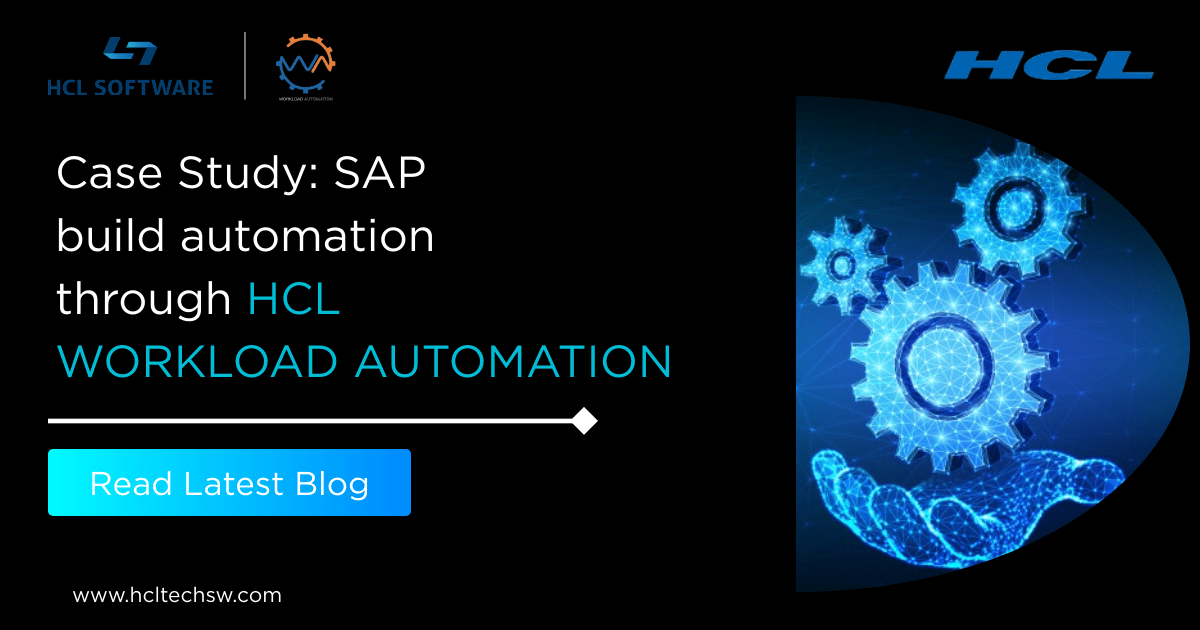

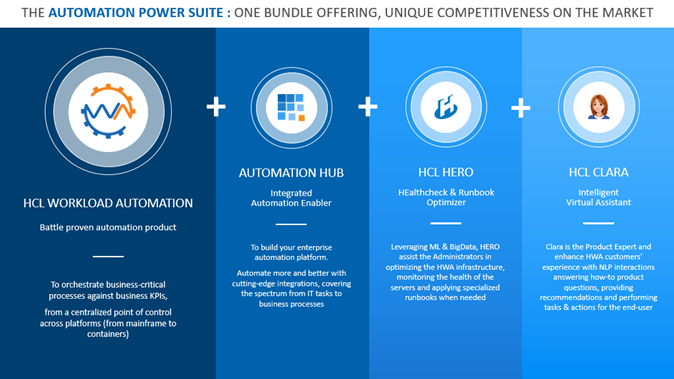
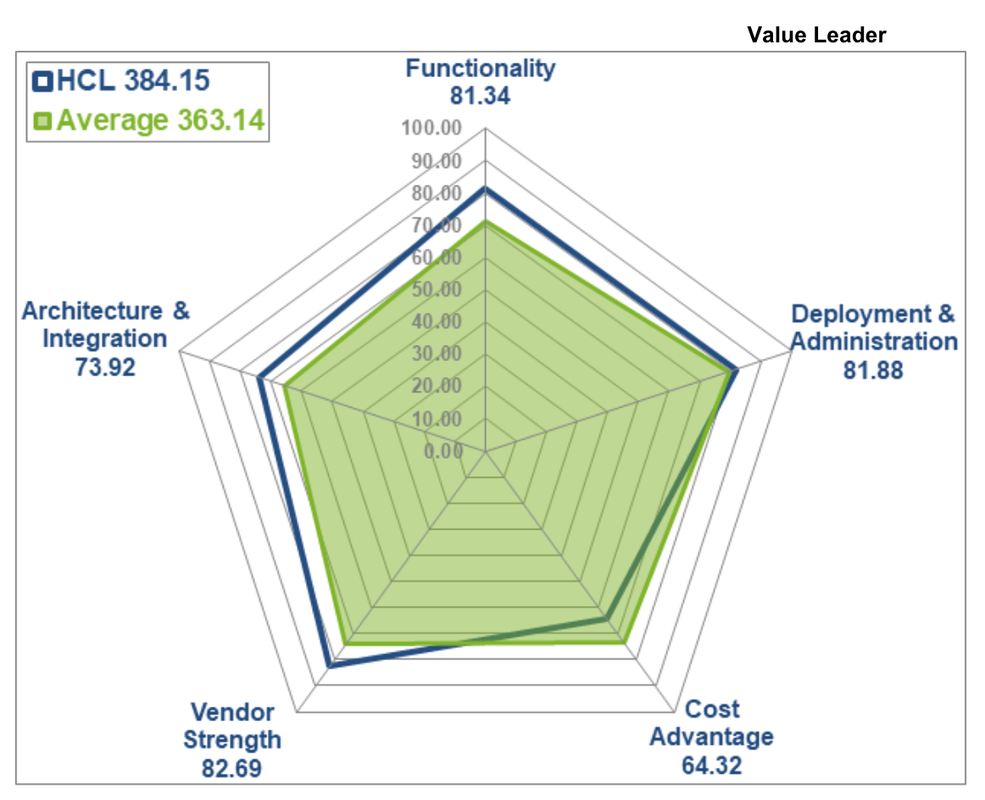
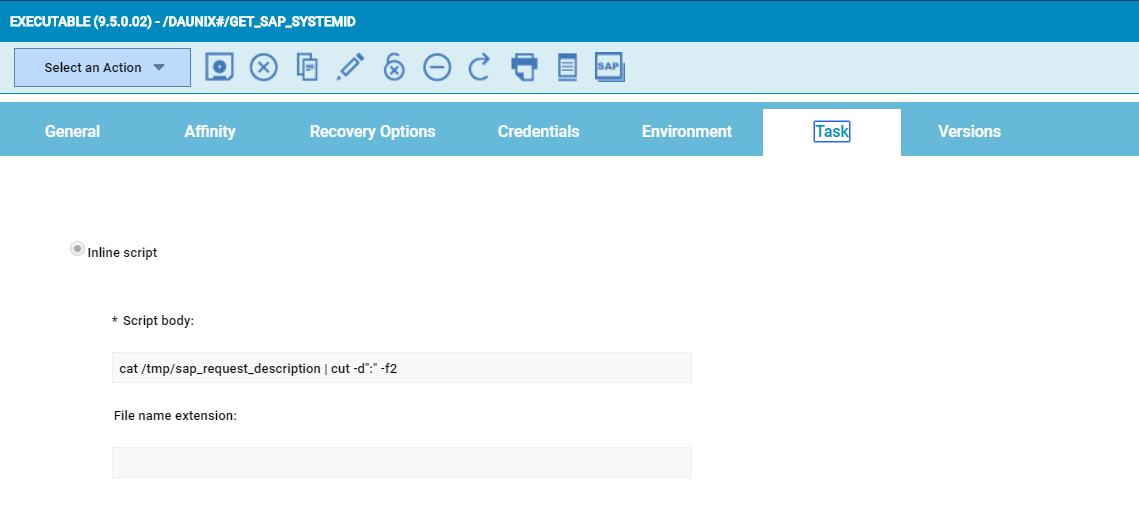
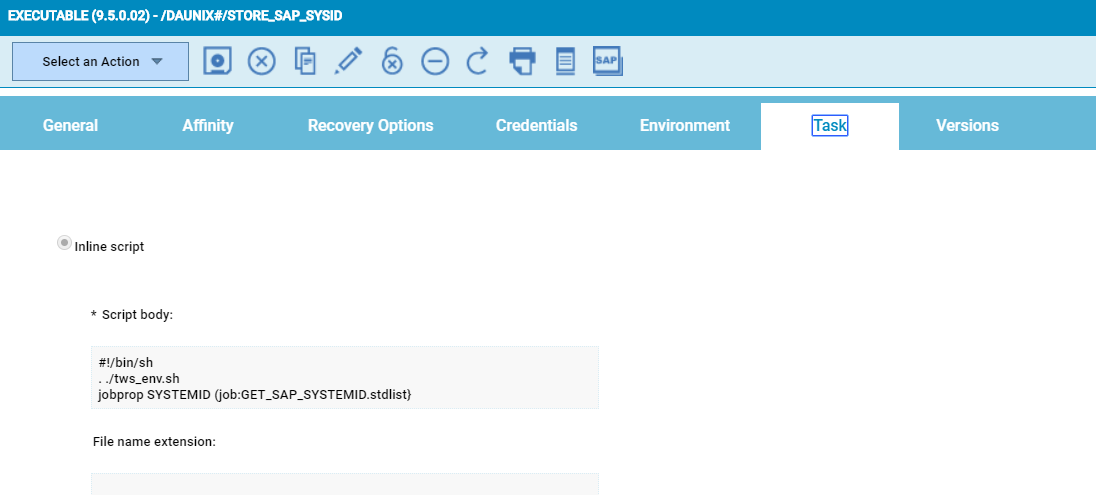
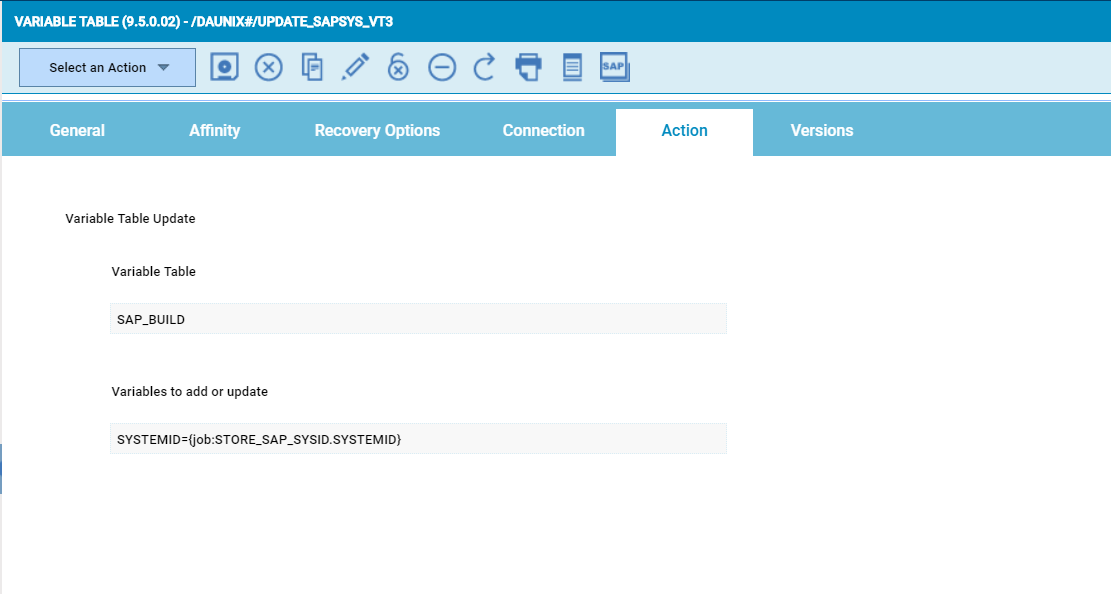
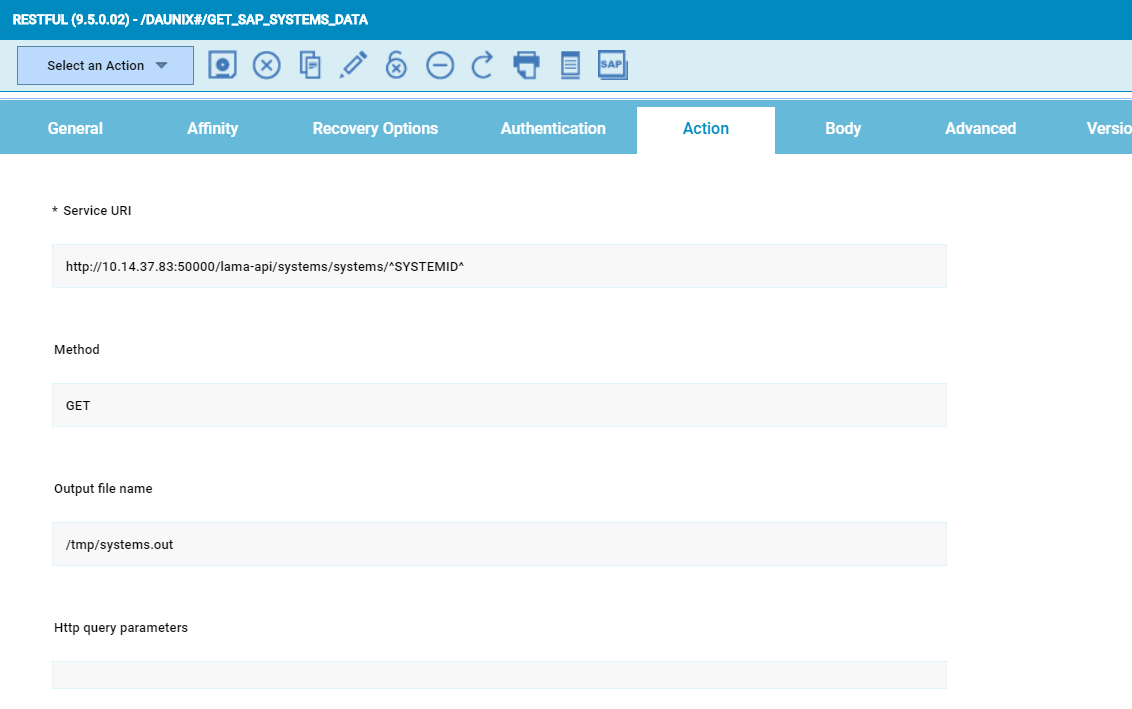
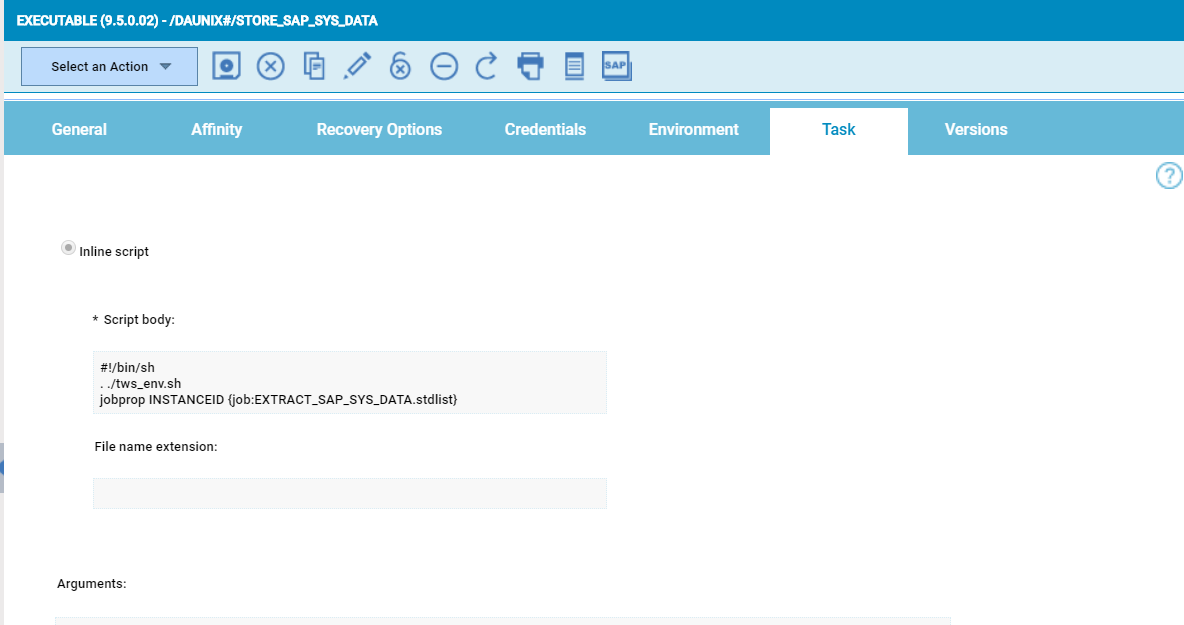
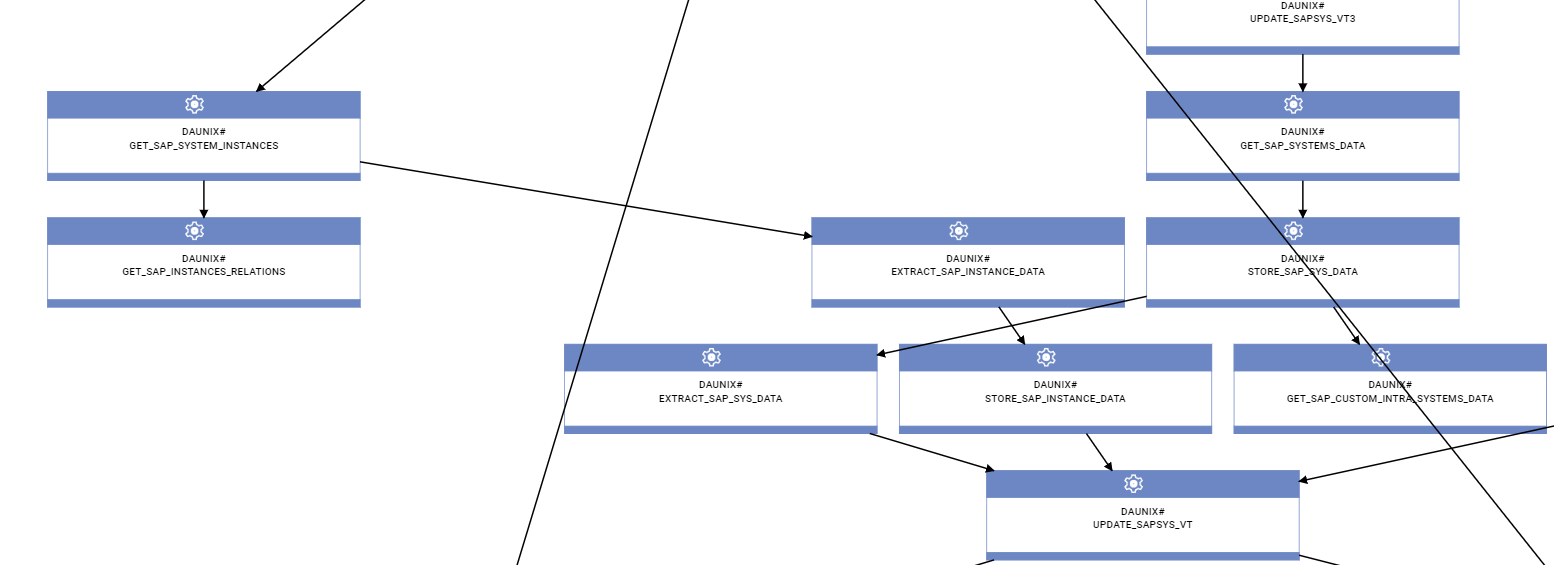
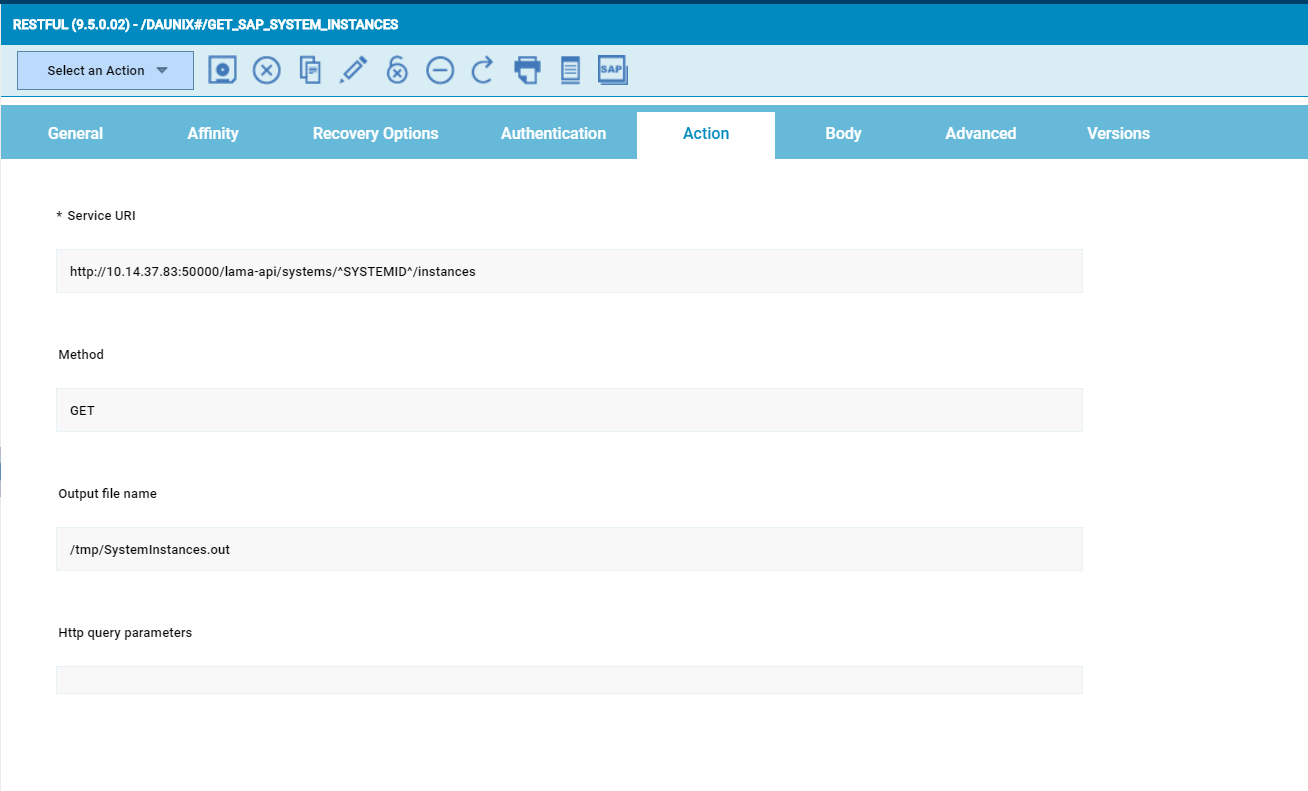
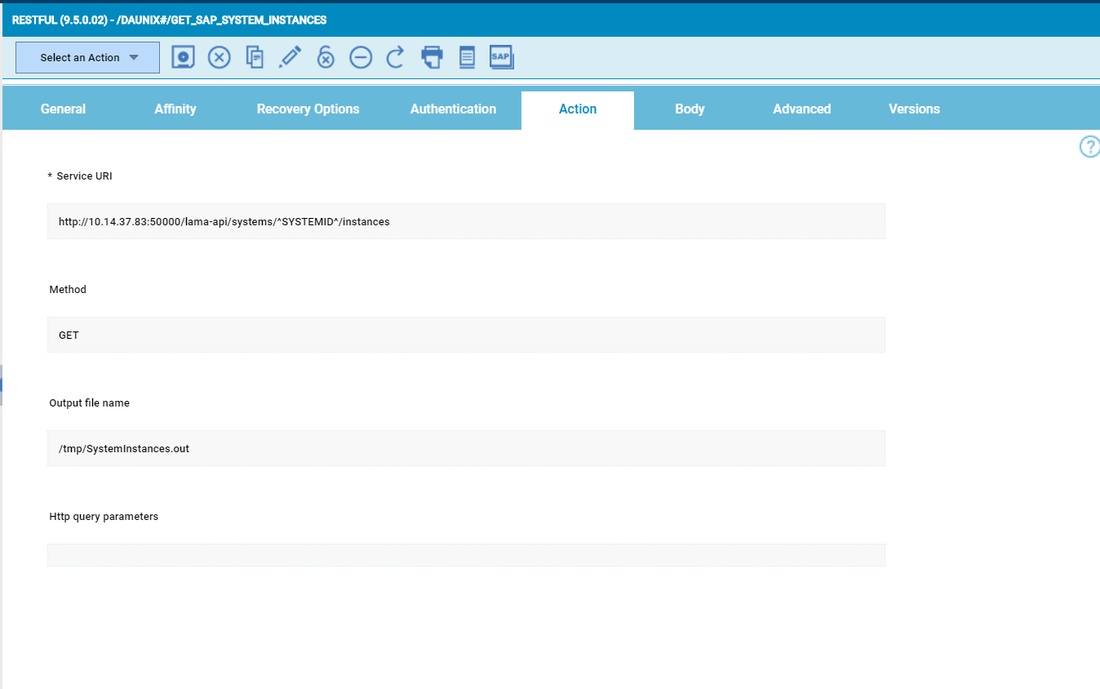
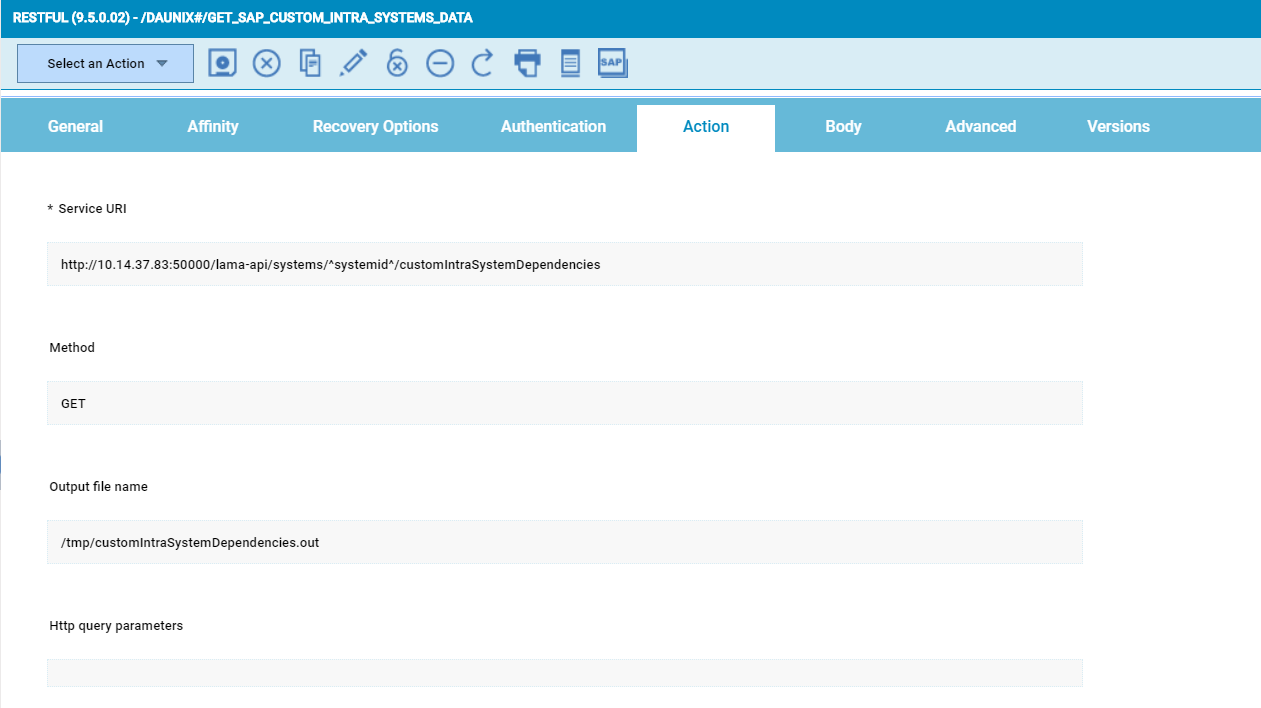
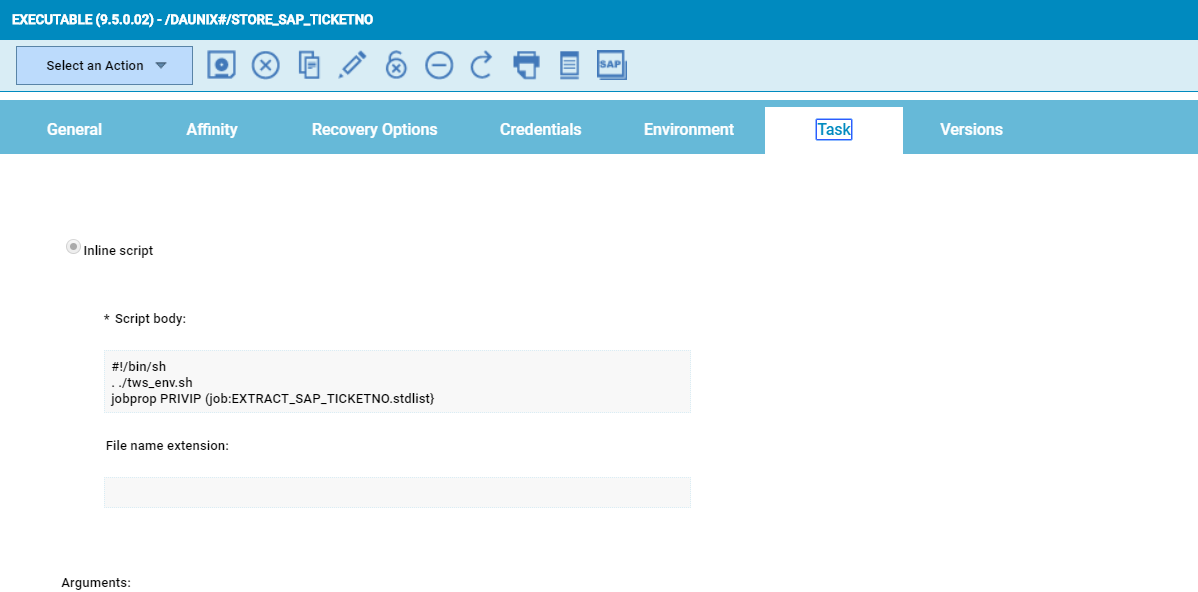

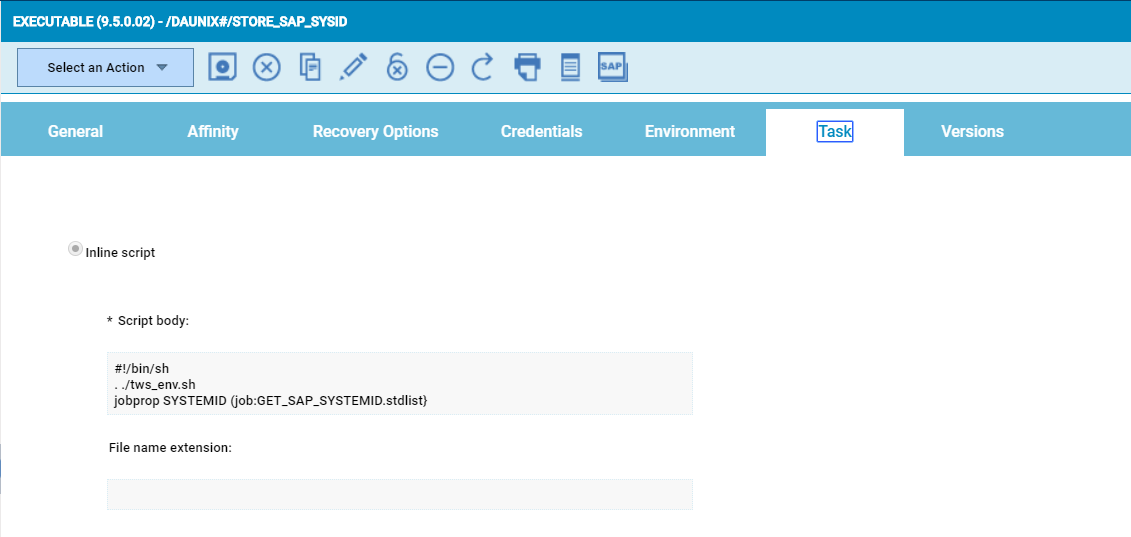
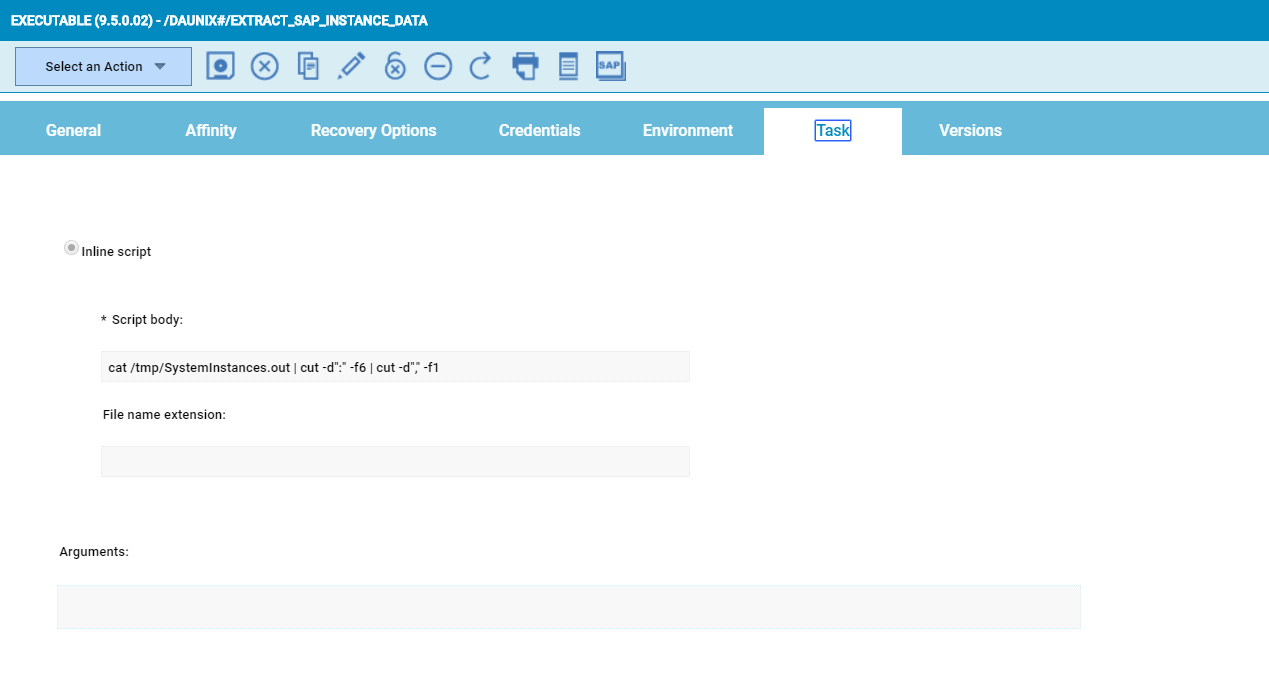
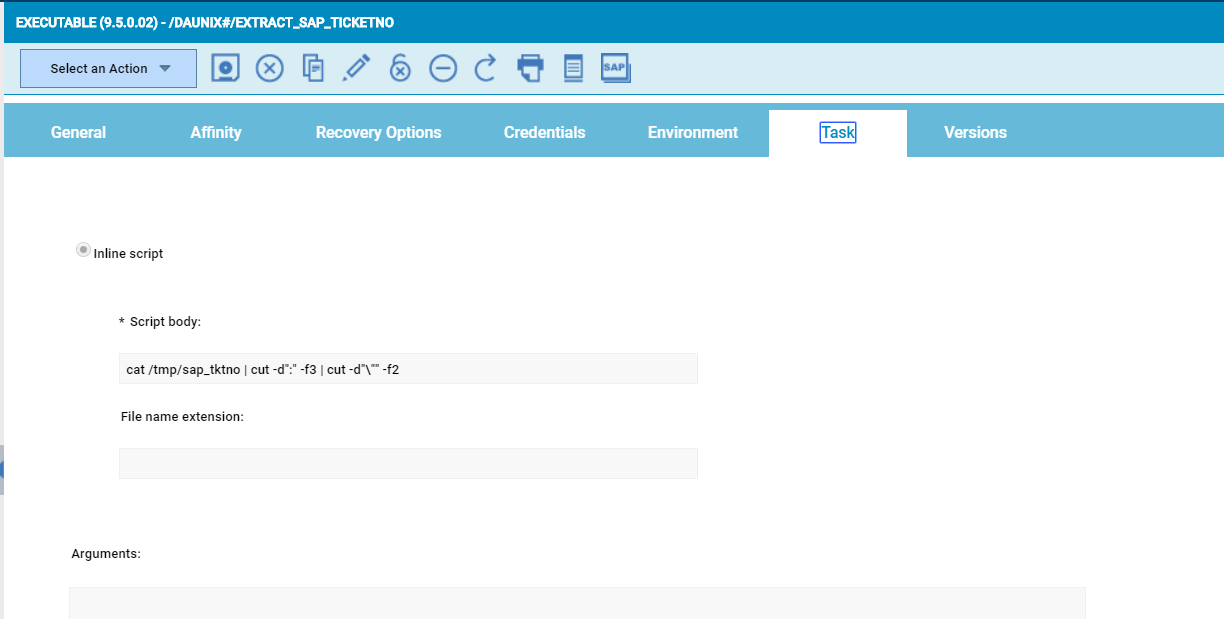
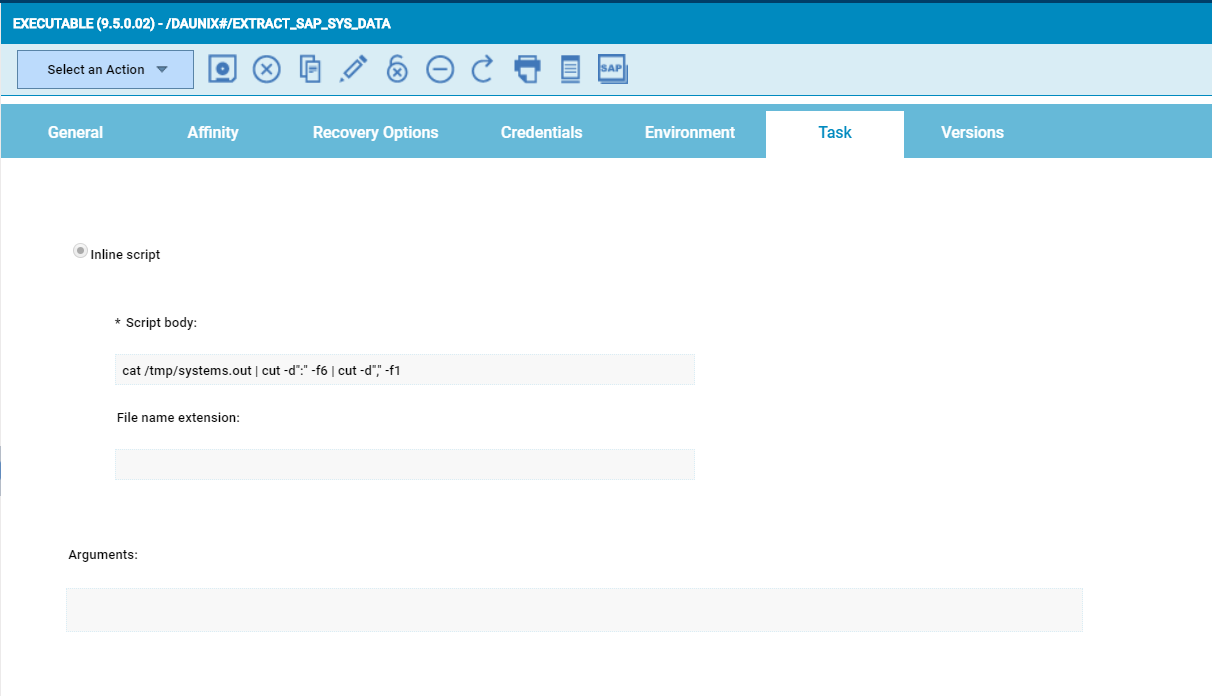
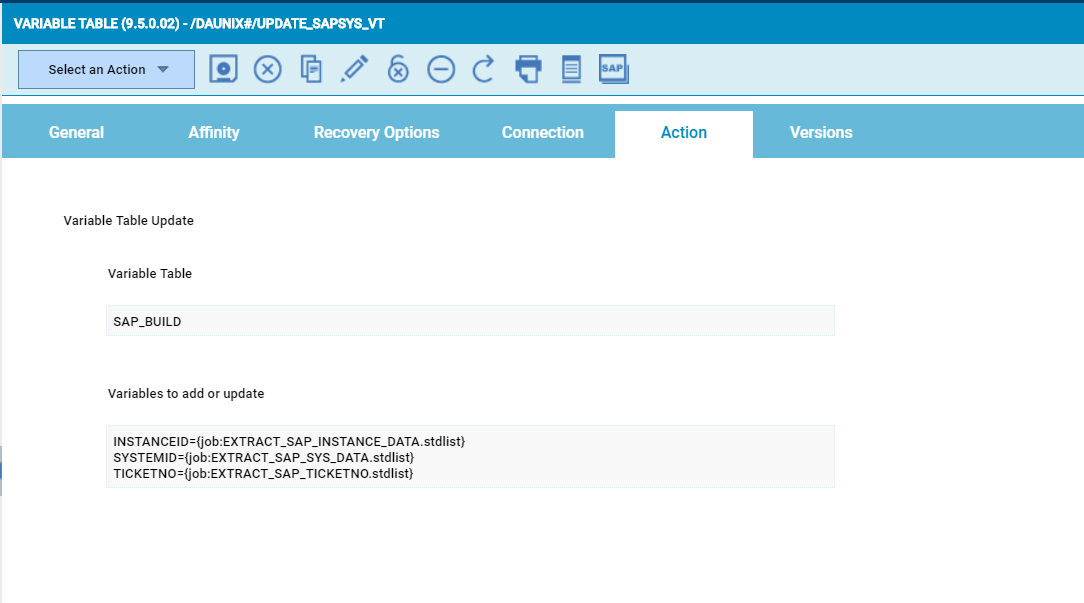
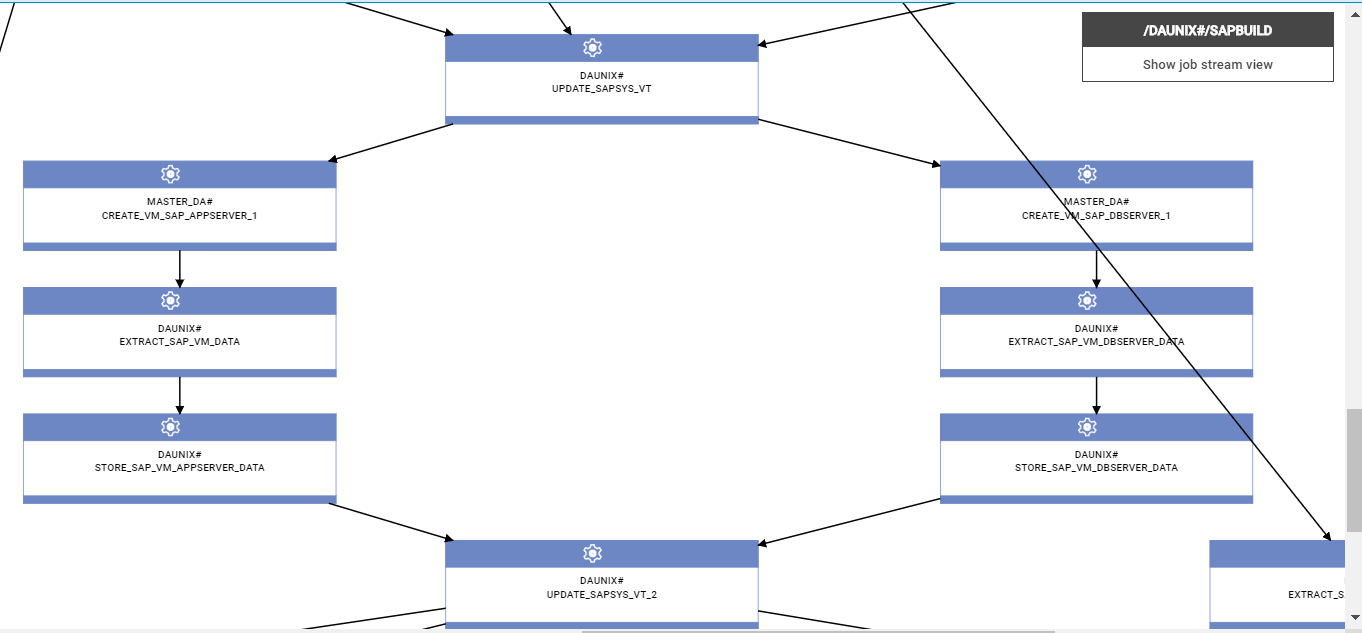
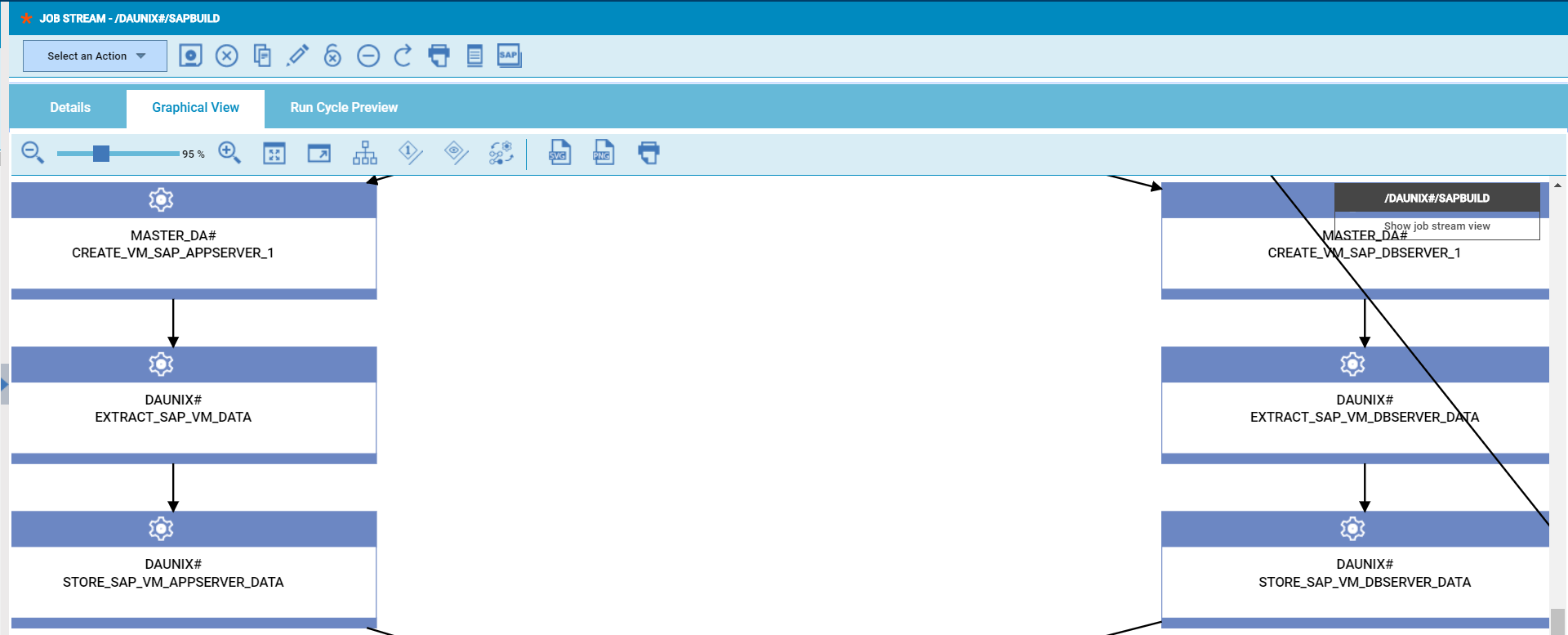
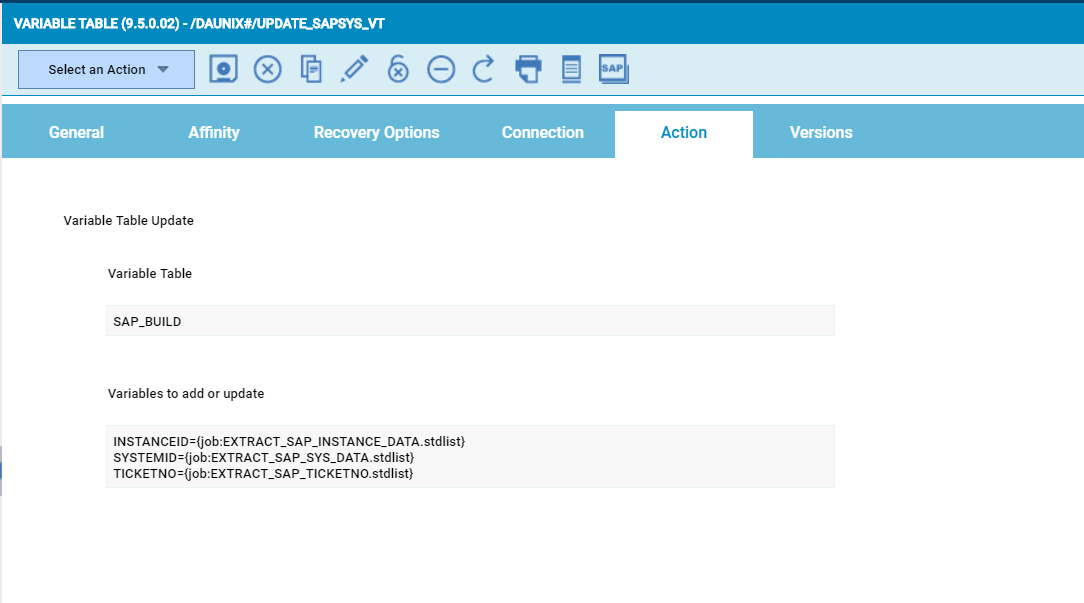
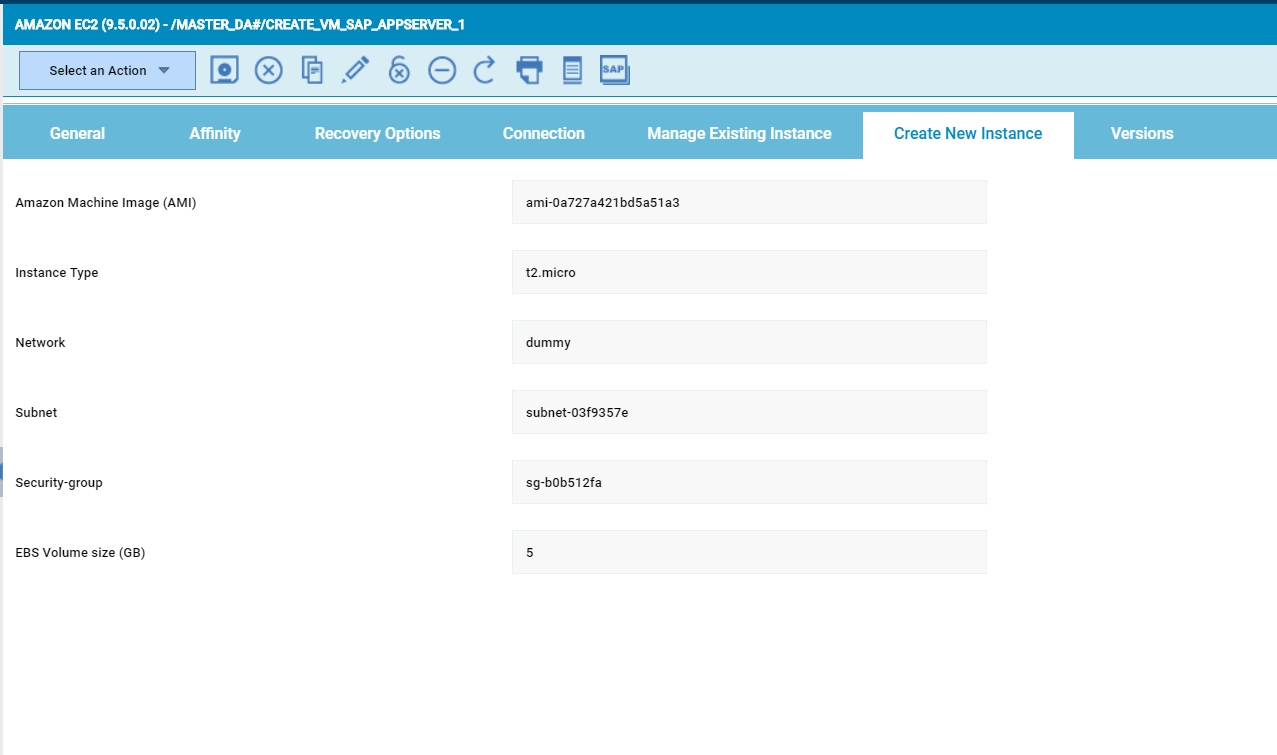
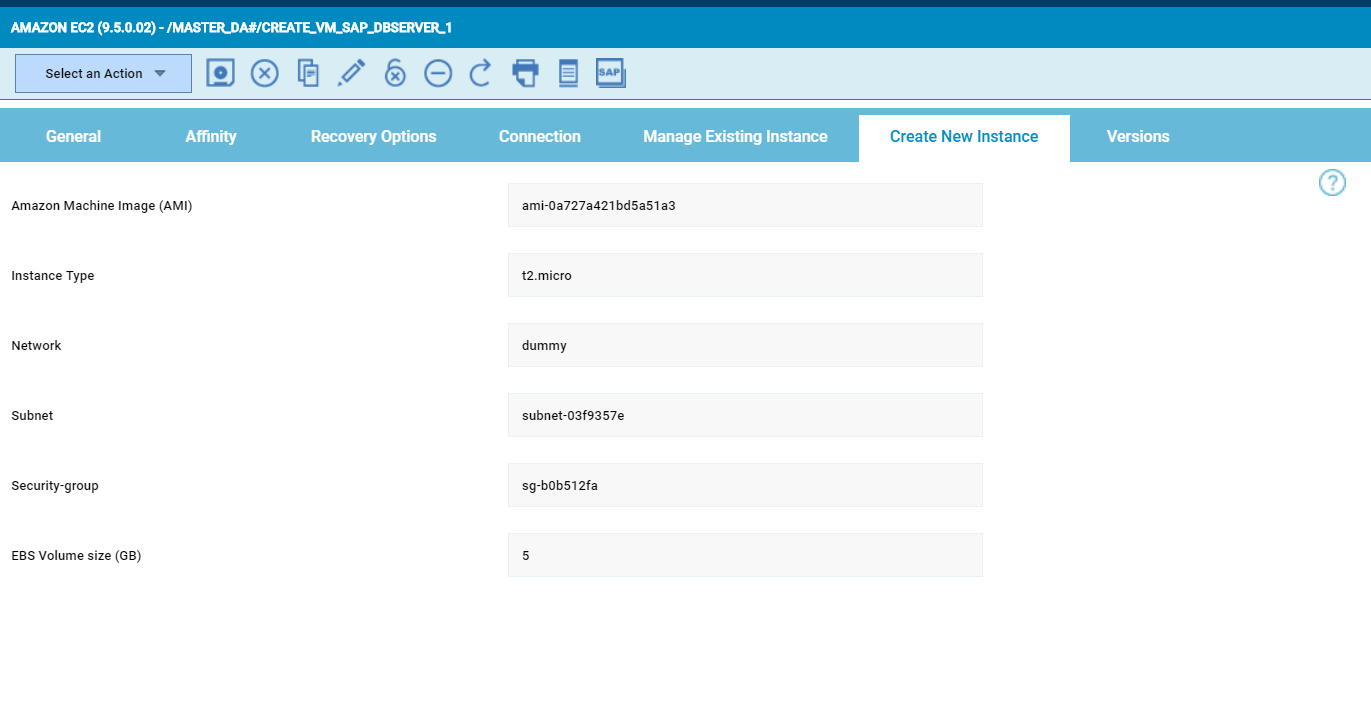
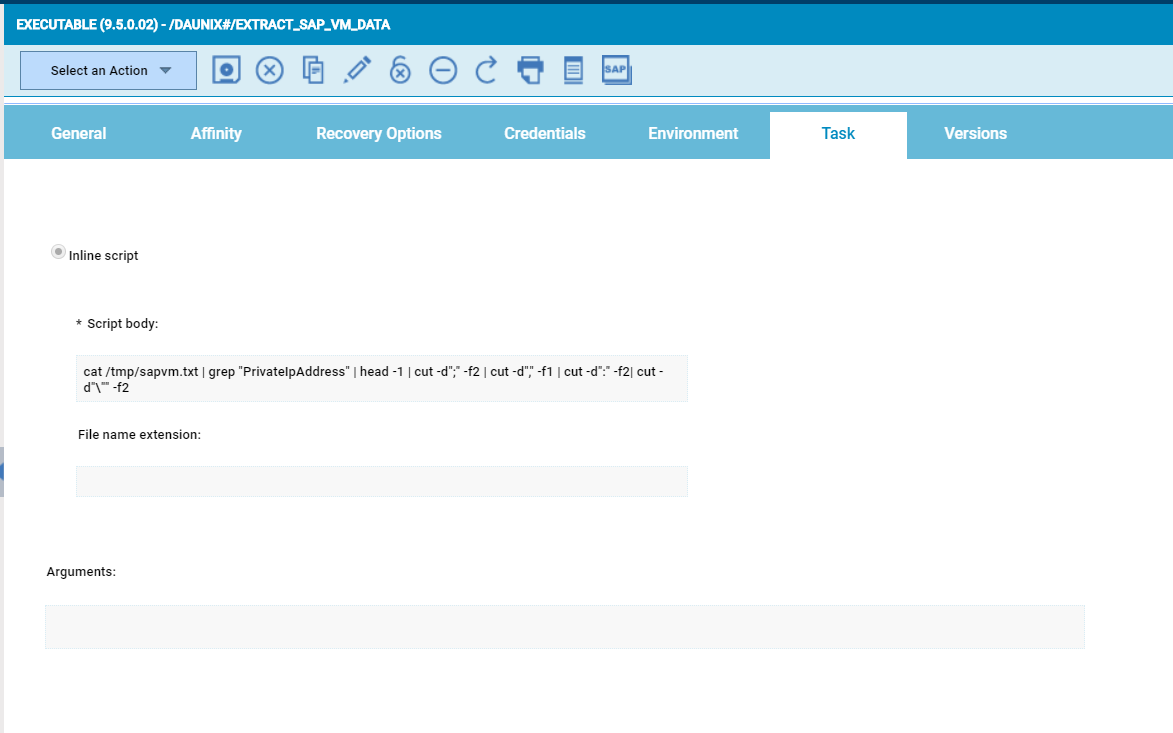
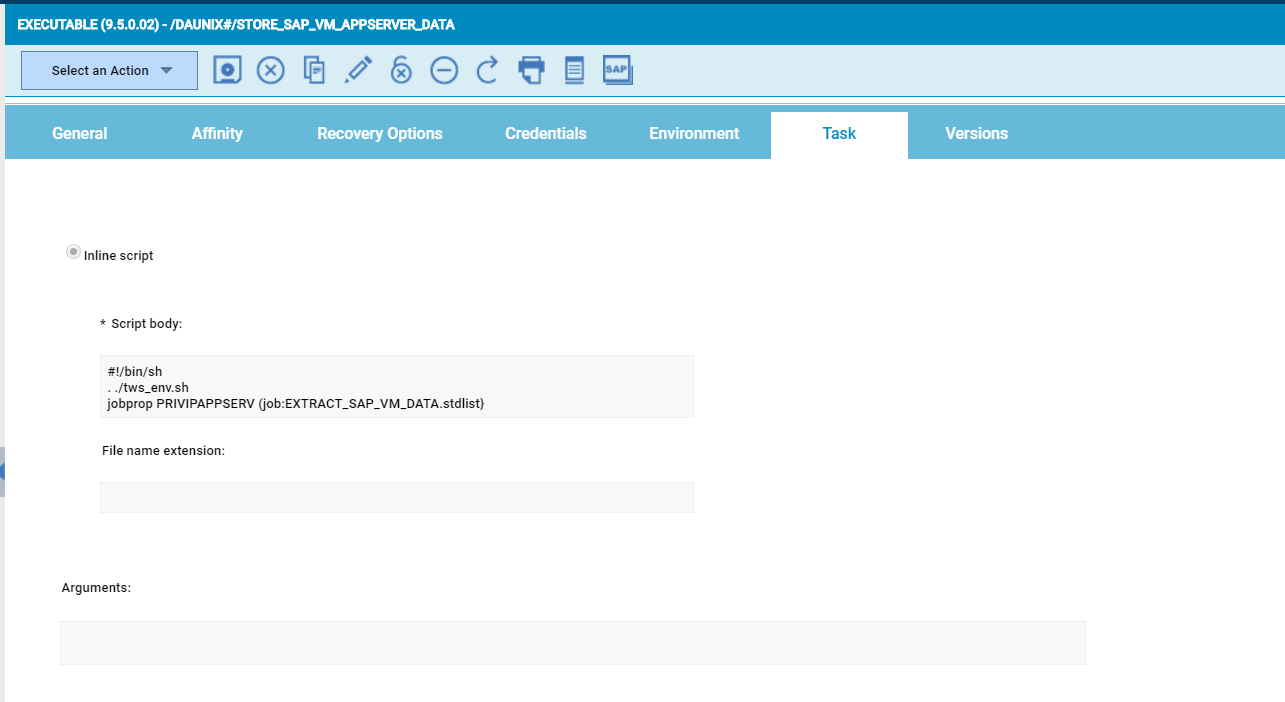
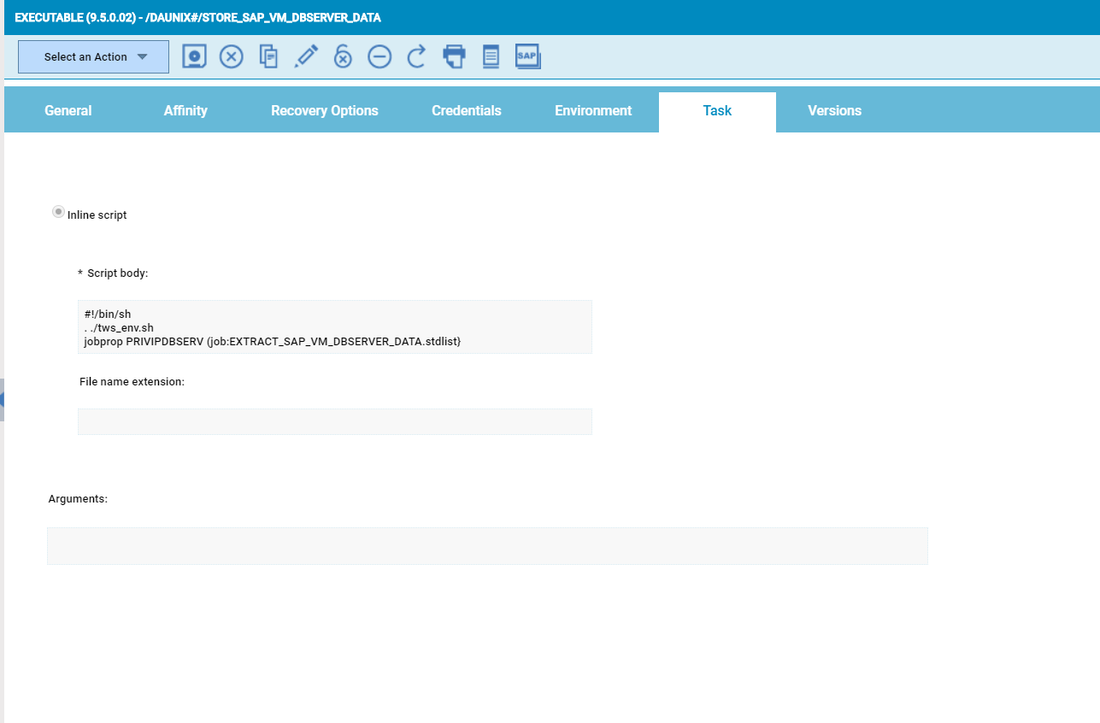
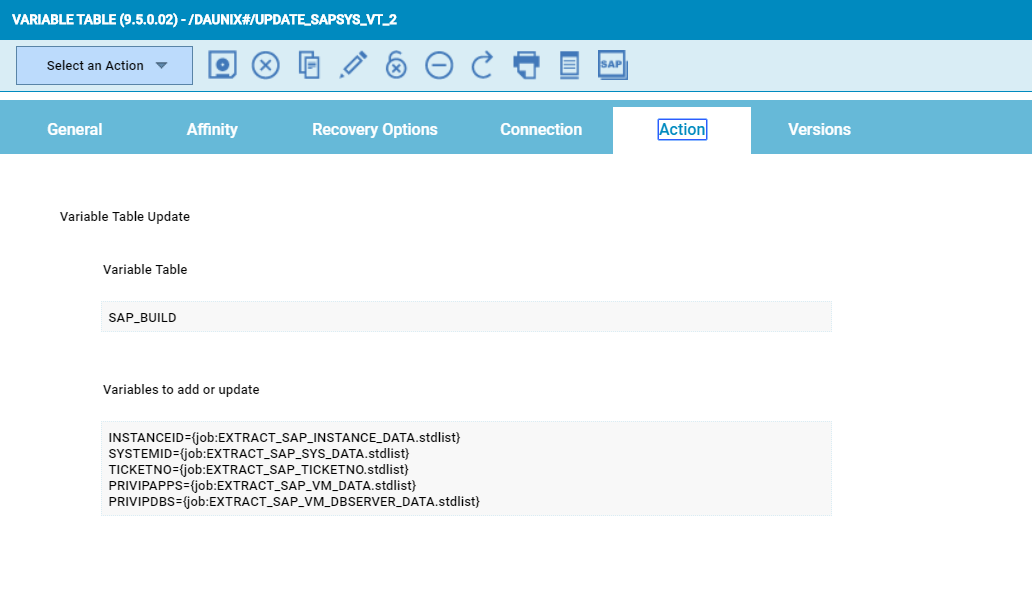
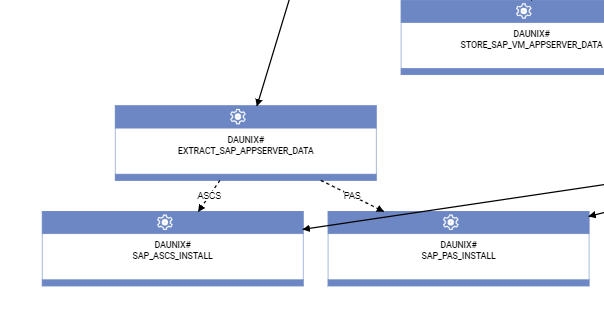
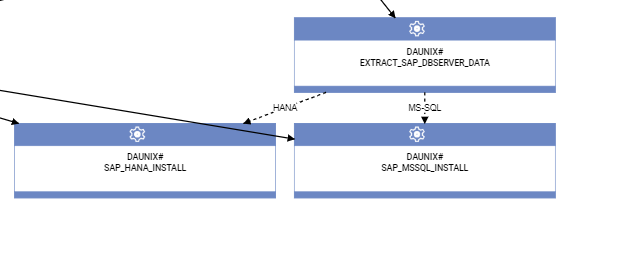
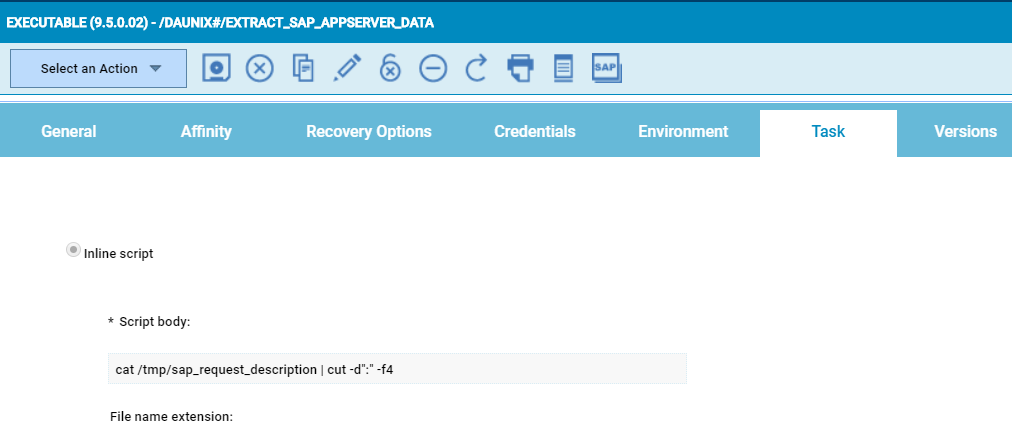

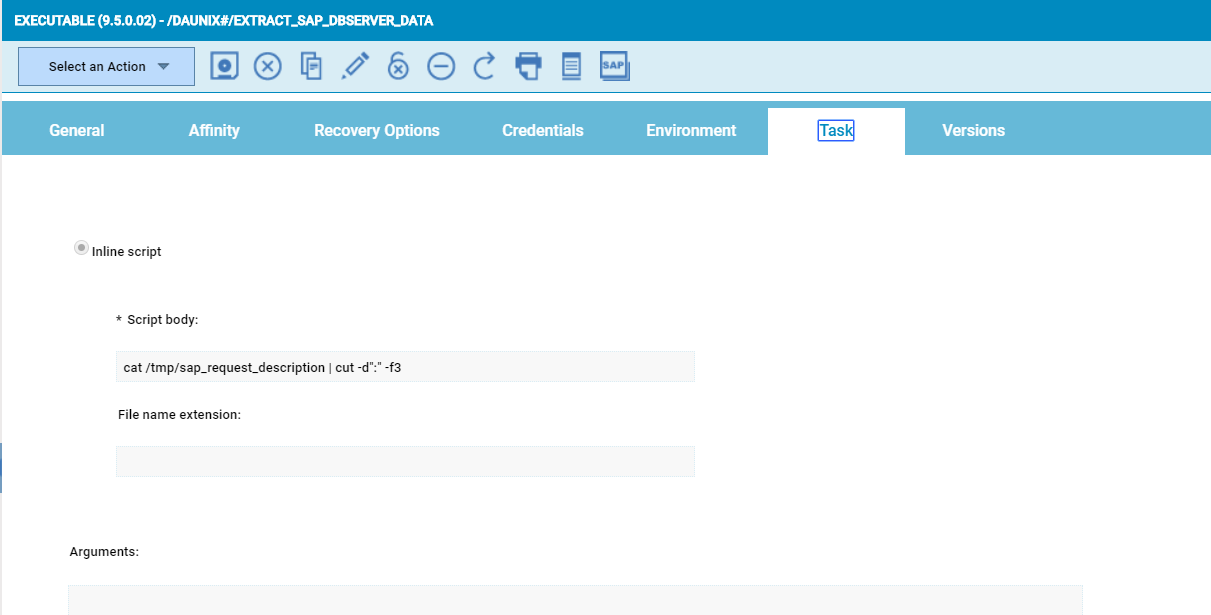

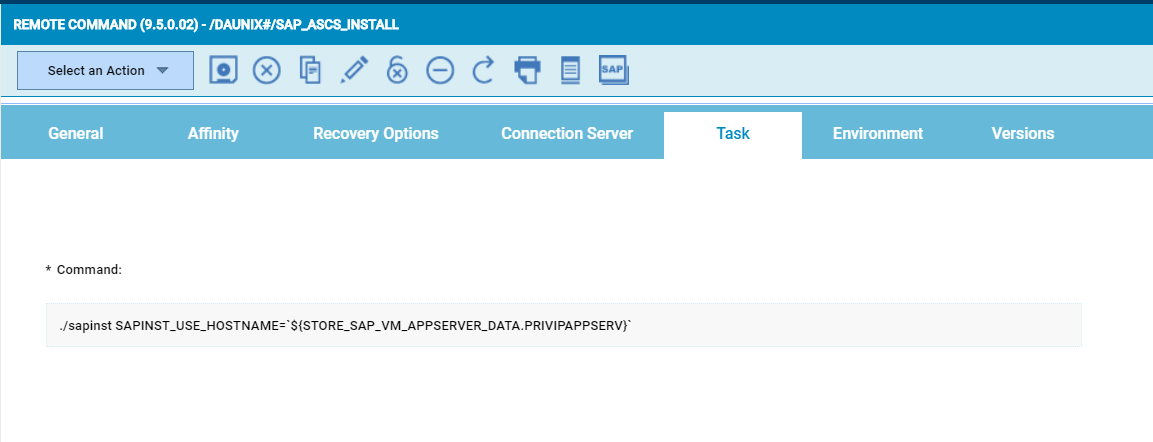
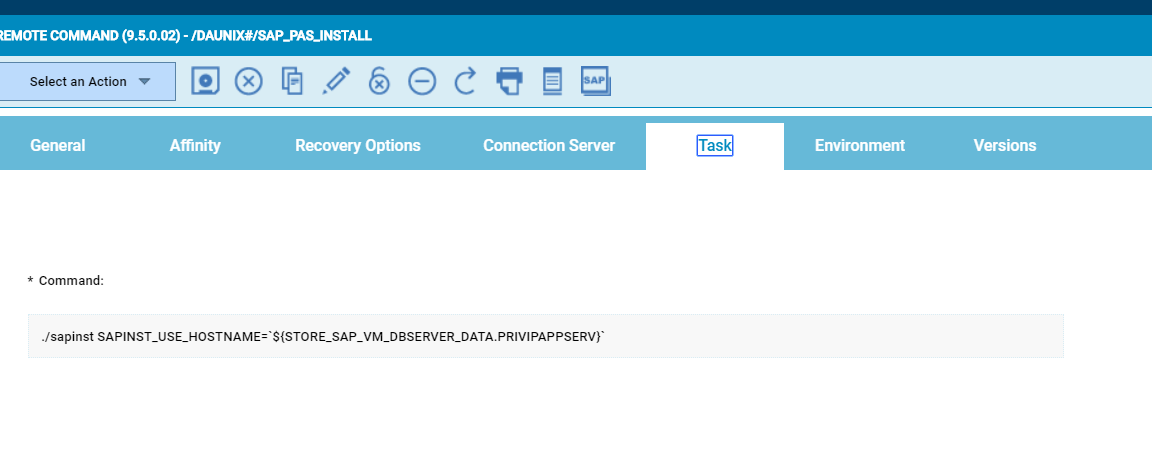
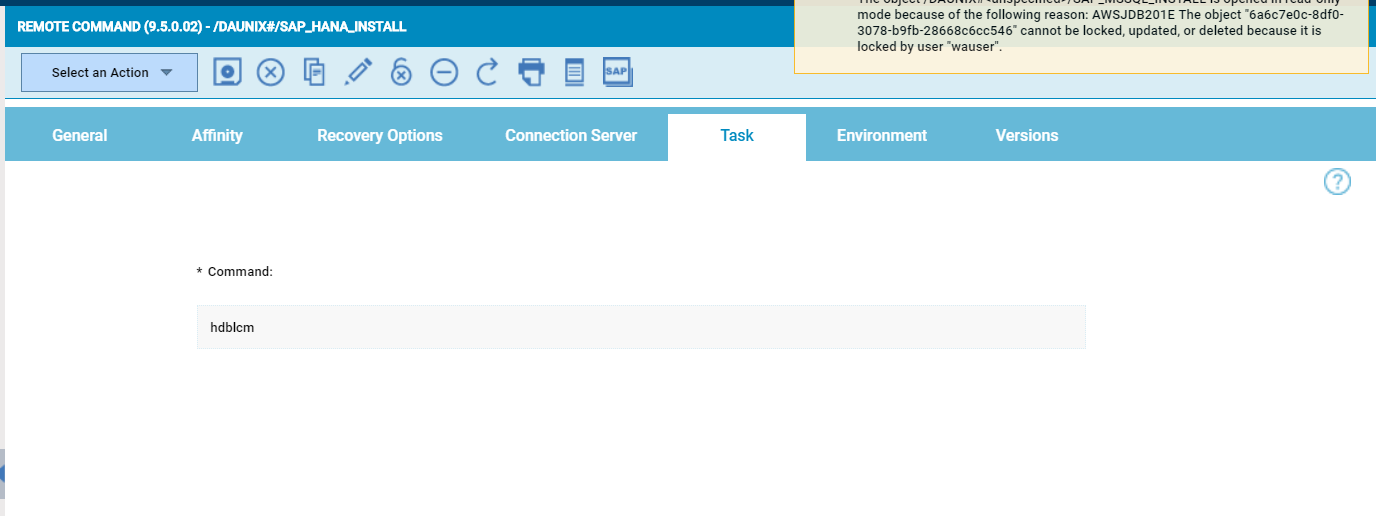

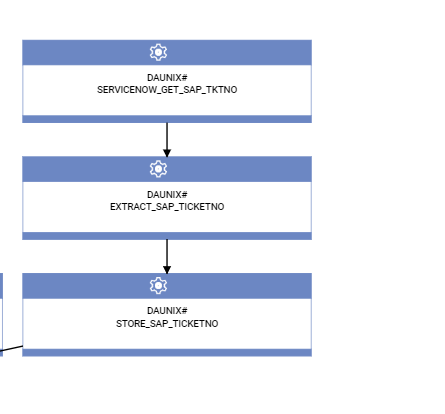
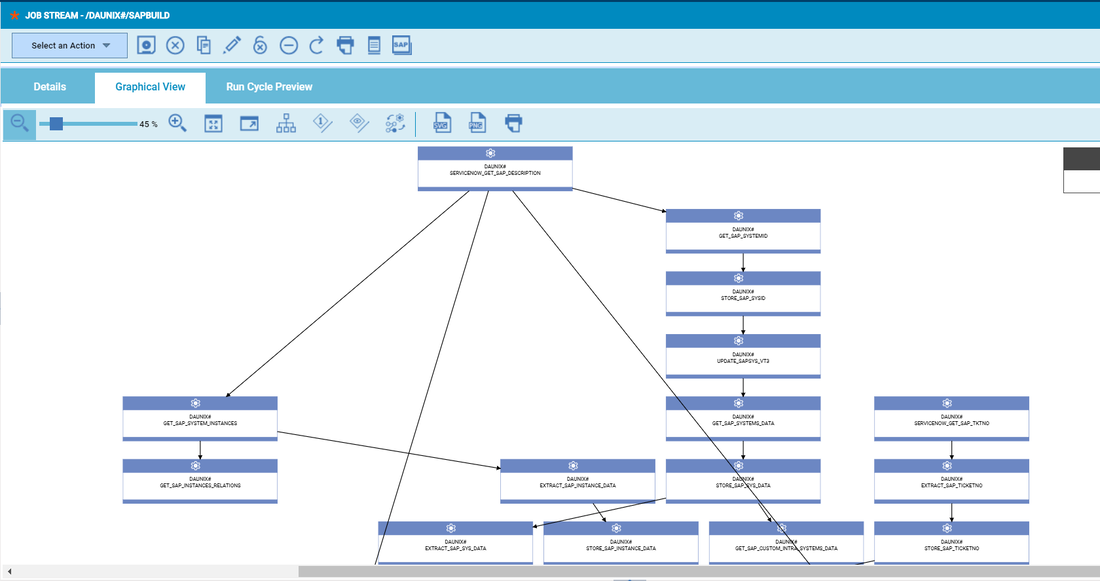
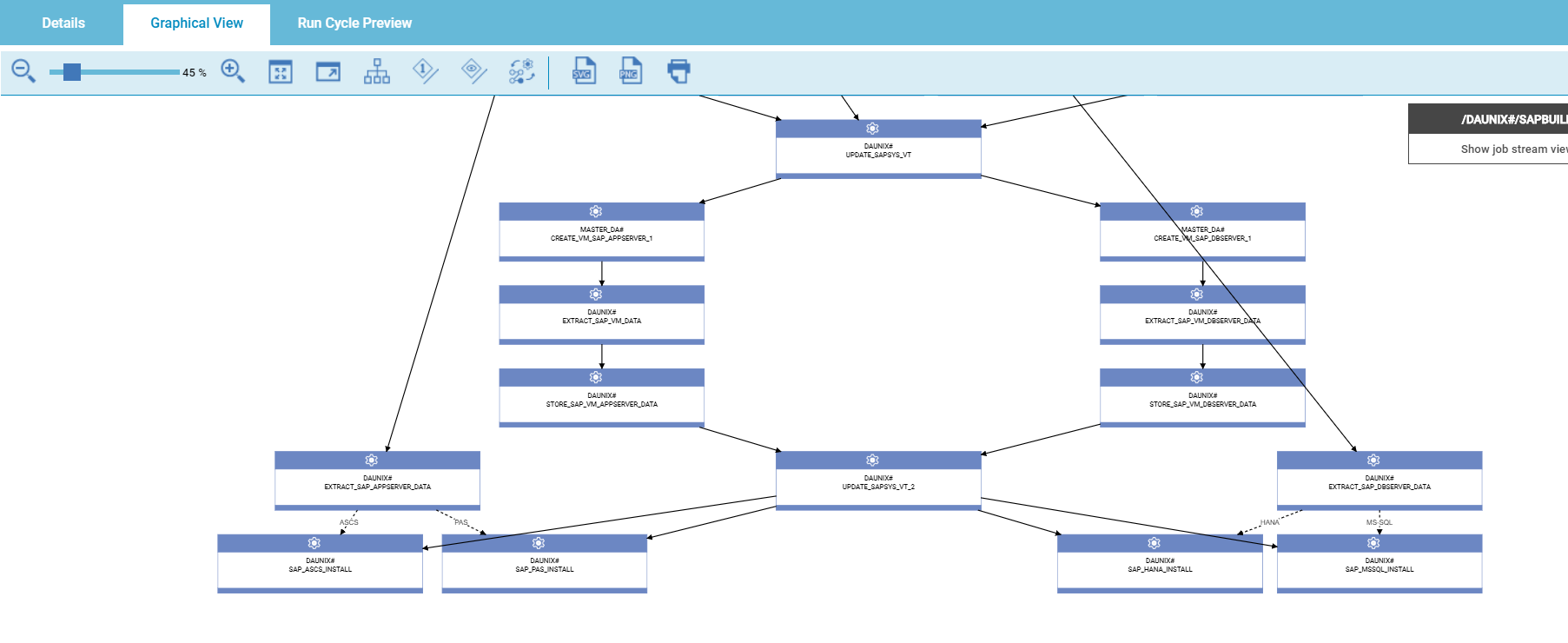


 RSS Feed
RSS Feed